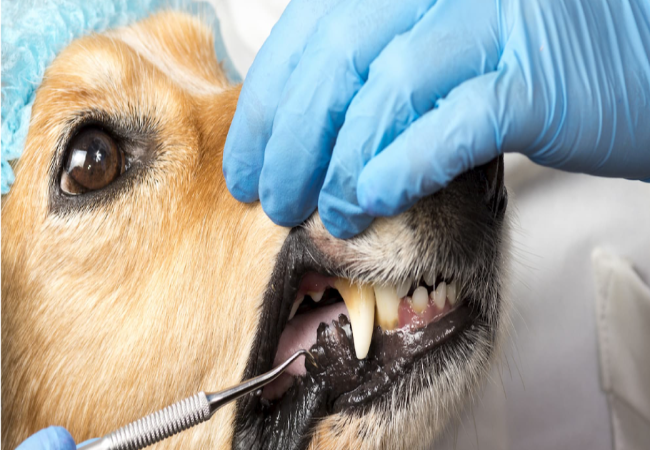Is Non‑Anesthetic Teeth Cleaning Safe for Dogs? Vet’s Guide to Real Benefits & Risks (2025) 🦷🐶

In this article
Is Non‑Anesthetic Teeth Cleaning Safe for Dogs? Vet’s Guide to Real Benefits & Risks (2025) 🦷🐶
By Dr. Duncan Houston BVSc
Hello, I’m Dr Duncan Houston BVSc, veterinarian and Ask A Vet founder. When considering dental care for your dog, you might wonder if cleaning teeth while they’re awake is a safe shortcut. In this vet‑approved guide, I’ll cover:
- How non‑anesthetic cleaning works
- Its limitations & hidden risks
- Why anesthetic cleanings under veterinary supervision are safer and more effective
- When non‑anesthetic cleaning might be appropriate
1. What Is Non‑Anesthetic Teeth Cleaning?
This procedure uses restraint and hand or ultrasonic scalers on visible tooth surfaces while a dog is awake—often offered by groomers or technicians.
2. Limitations You Should Know
- ❗ Does not clean beneath the gumline—the hotspot for periodontal disease.
- Limited visibility and no X‑rays mean hidden disease and infections are frequently missed.
- A cosmetic “bright smile” may mask serious underlying issues.
3. Risks & Discomfort
- 🛑 Restraining an anxious dog risks stress, injury, and accidents with sharp tools.
- Scaling on a wiggling pet may damage gum or teeth enamel.
- No airway protection—risk of aspiration and pneumonia.
4. Why Anesthetic Cleaning Is Better
- ✅ Allows full mouth access—under gumline, between teeth, root areas.
- 🧪 Enables thorough exams, dental X‑rays, and detection of hidden problems like abscesses, tumors, bone loss.
- 💤 Under vet supervision, anesthesia is safe and tailored to your pup’s health.
5. When Can Non‑Anesthetic Cleaning Help?
- ✔️ As a supplement for dogs who can’t safely undergo anesthesia (e.g. frail seniors), but only under veterinary discretion.
- ✔️ Short-term maintenance when monitoring shows no deep gum pockets or hidden issues.
- ❌ Not a standalone solution—must be combined with home brushing and regular veterinary checkups.
6. Vet‑Recommended Oral Care Routine 🪥
- Daily tooth brushing—gold standard; begin gradually.
- Use VOHC‑approved chews, dental diets, and water additives.
- Professional dental cleanings under anesthesia every 12–18 months, or sooner based on dog’s risk.
📌 Final Vet Thoughts
In short—non‑anesthetic teeth cleaning may offer cosmetic improvements, but it doesn’t protect against hidden disease and may risk harm. True oral health is only achieved through comprehensive, anesthetic dental cleanings led by veterinarians, paired with diligent home care. I’m here at Ask A Vet to support your pup’s smile safely and effectively. 🐾❤️






